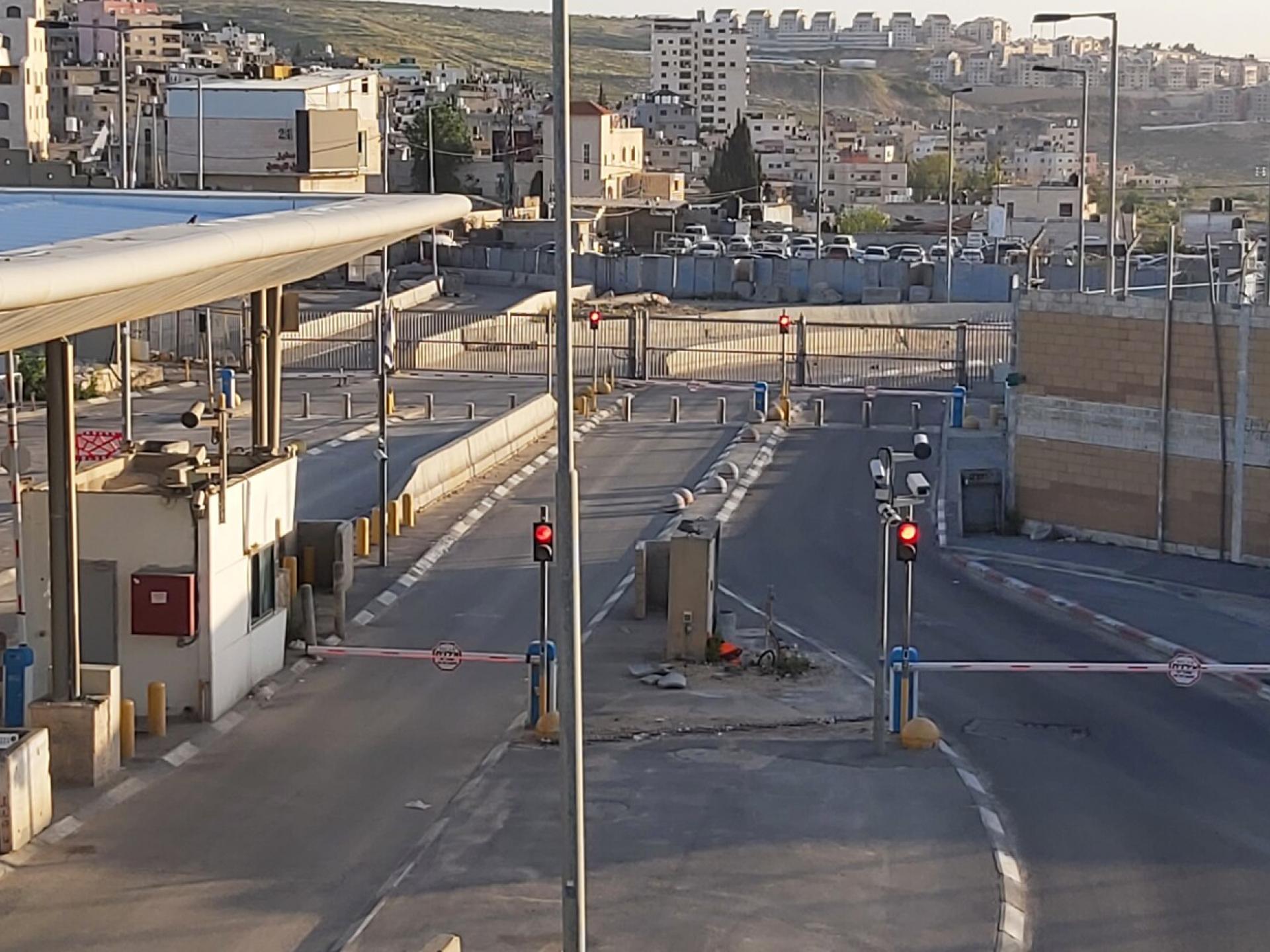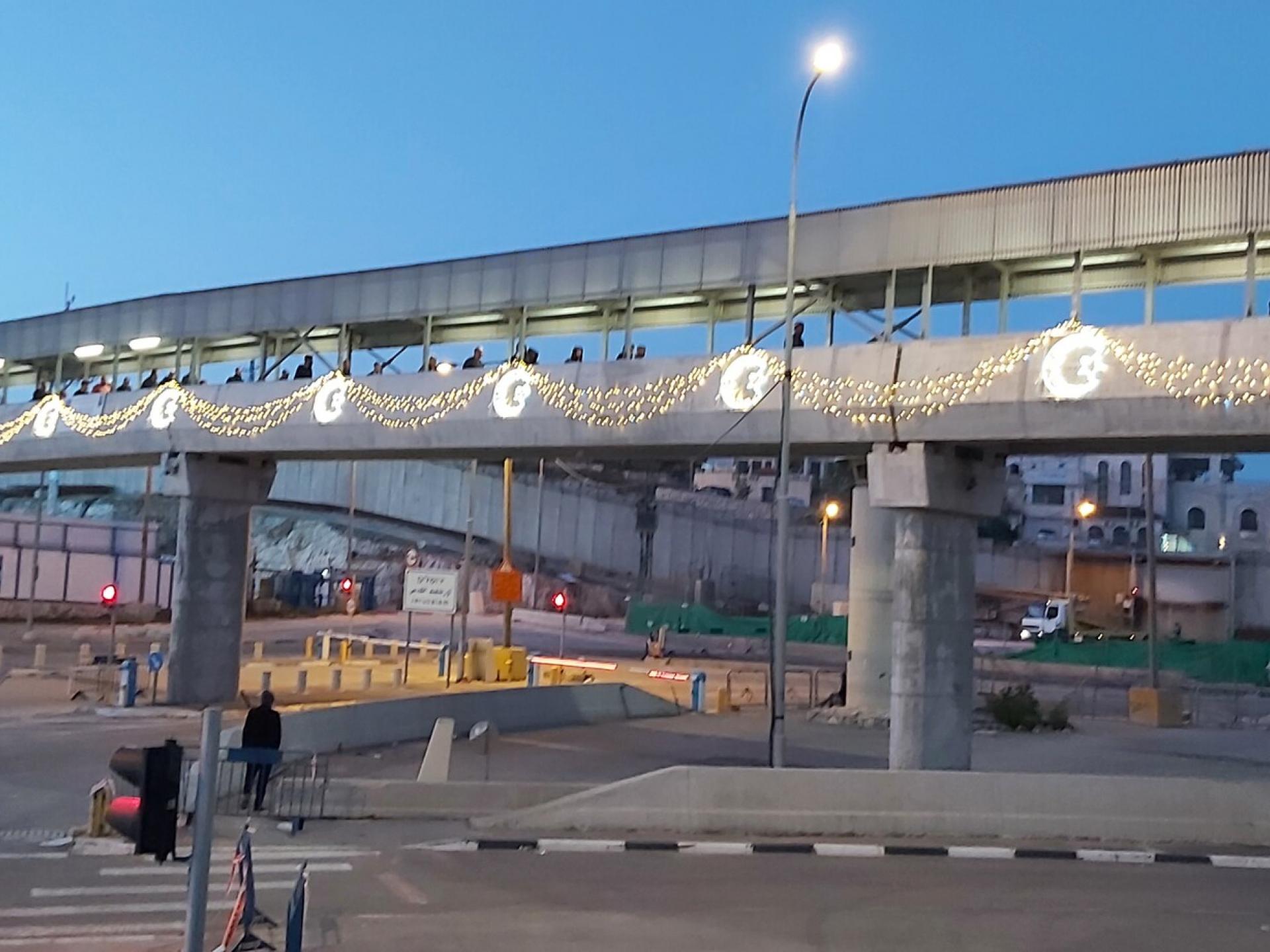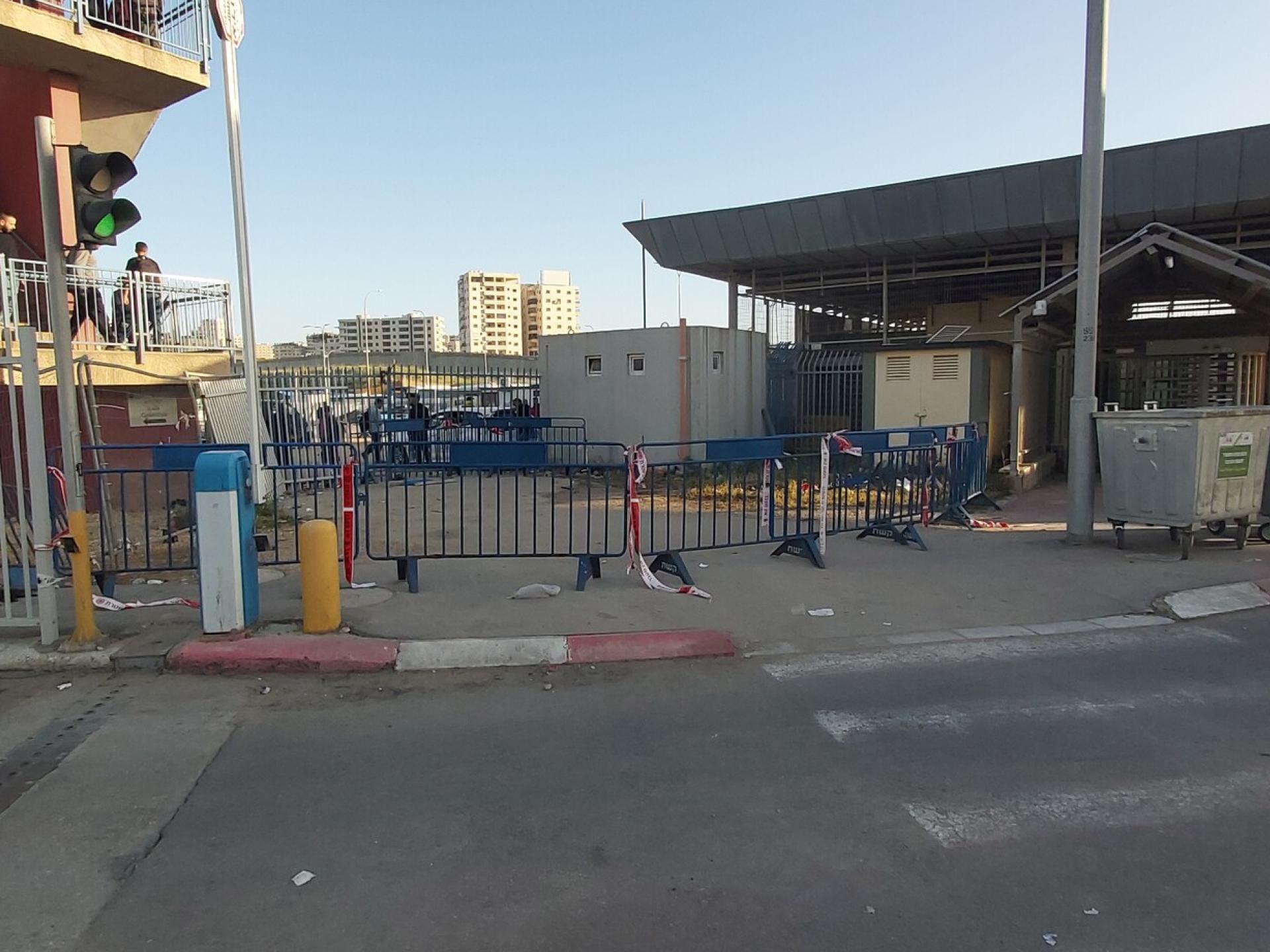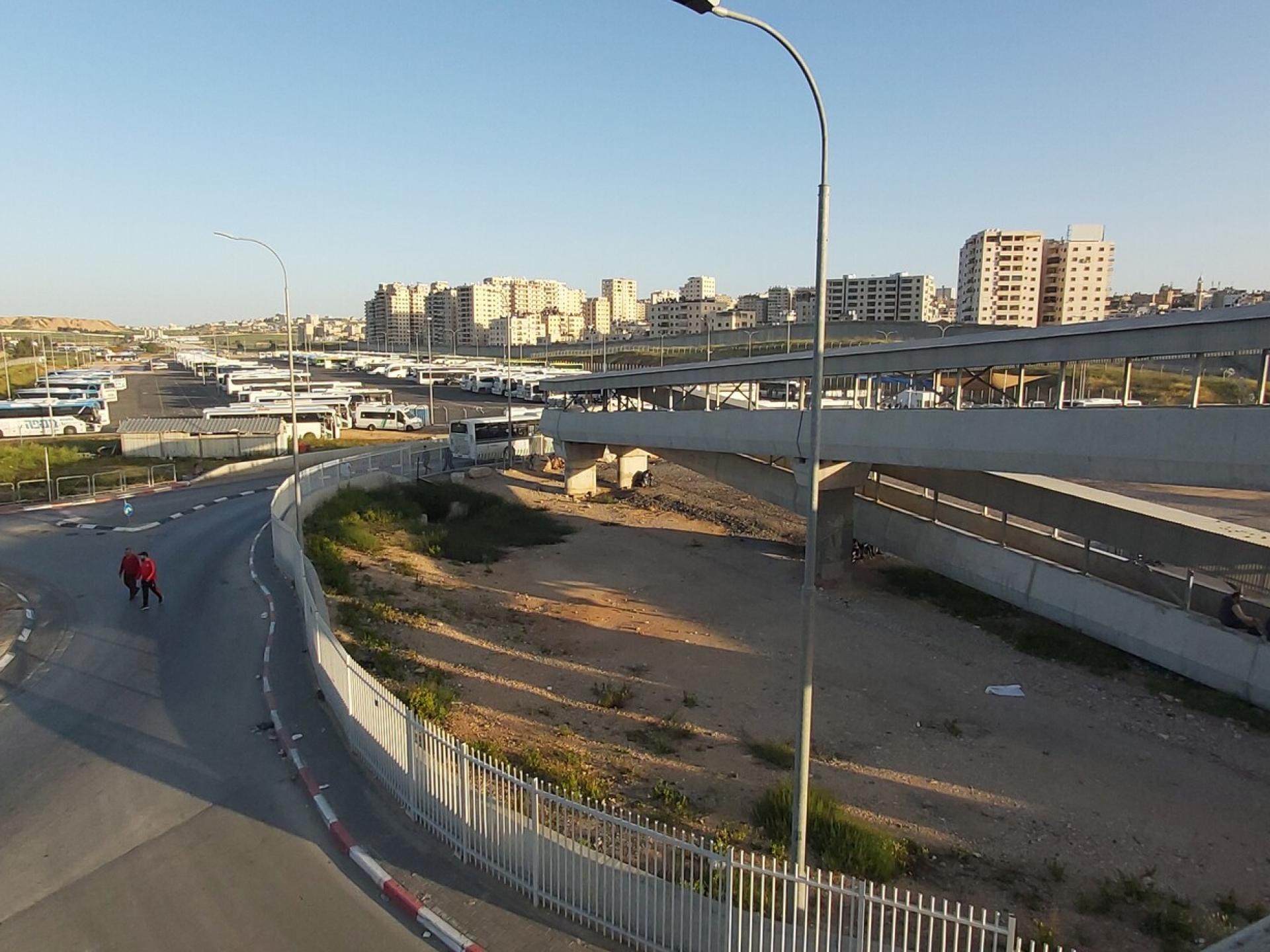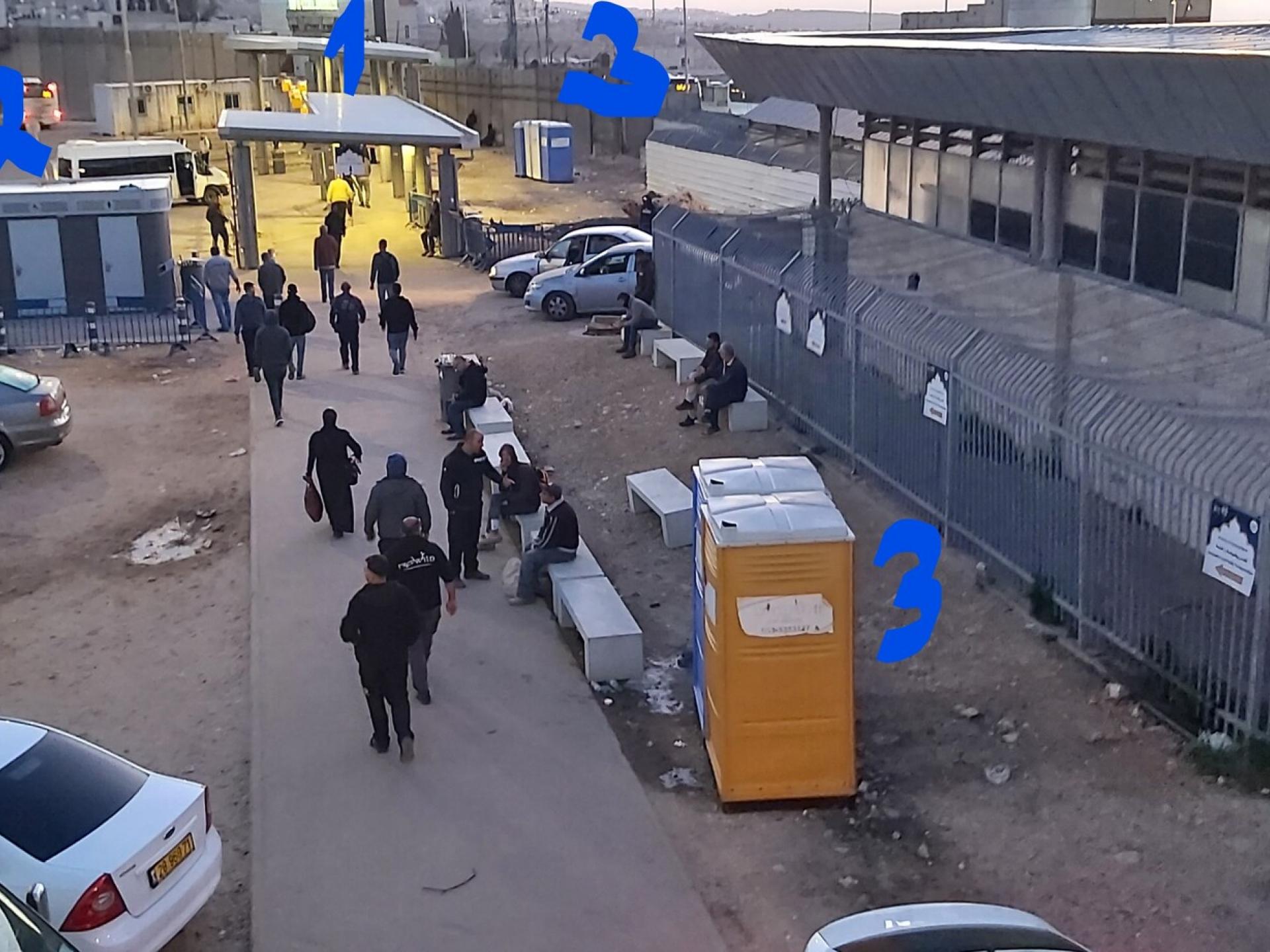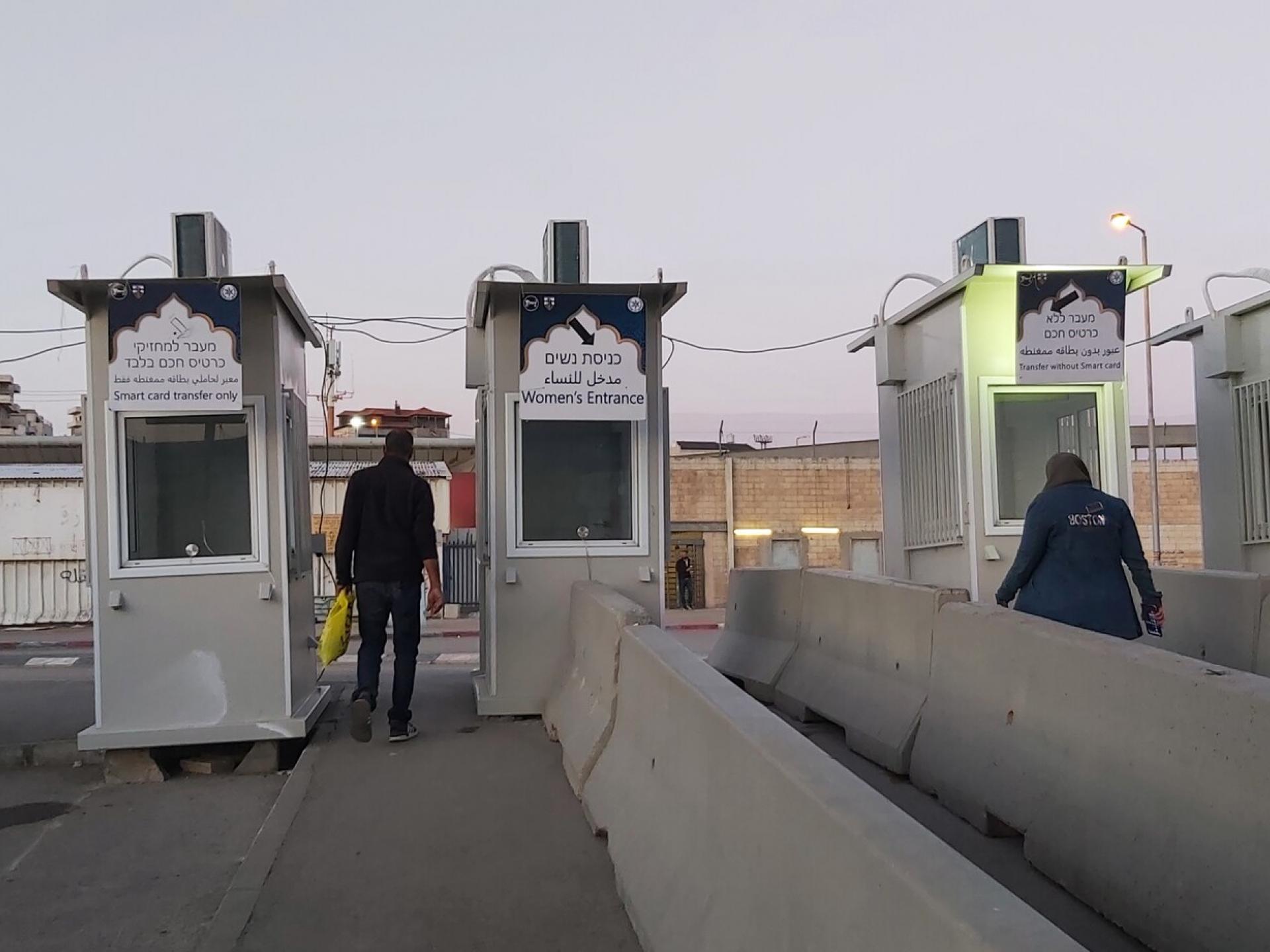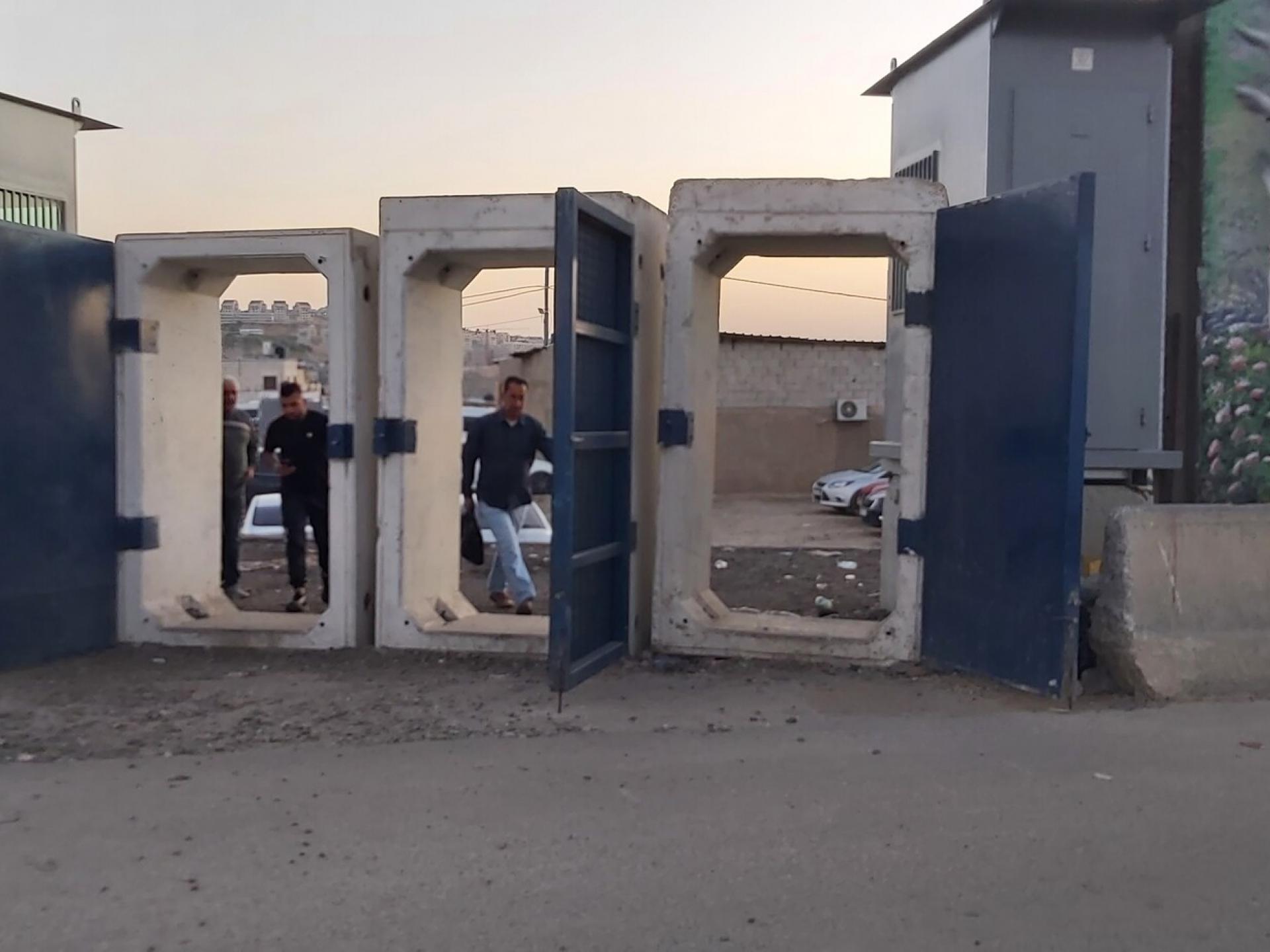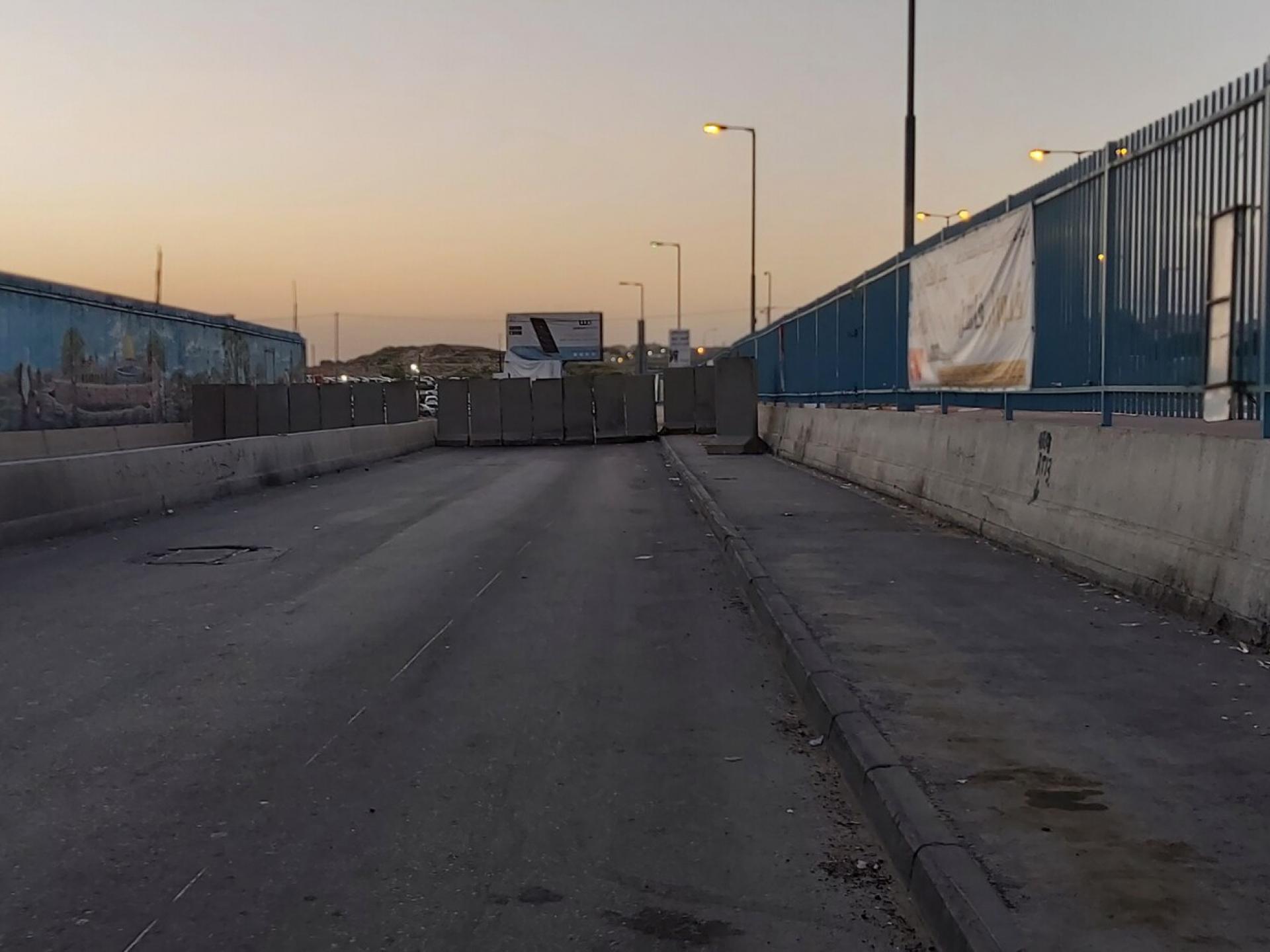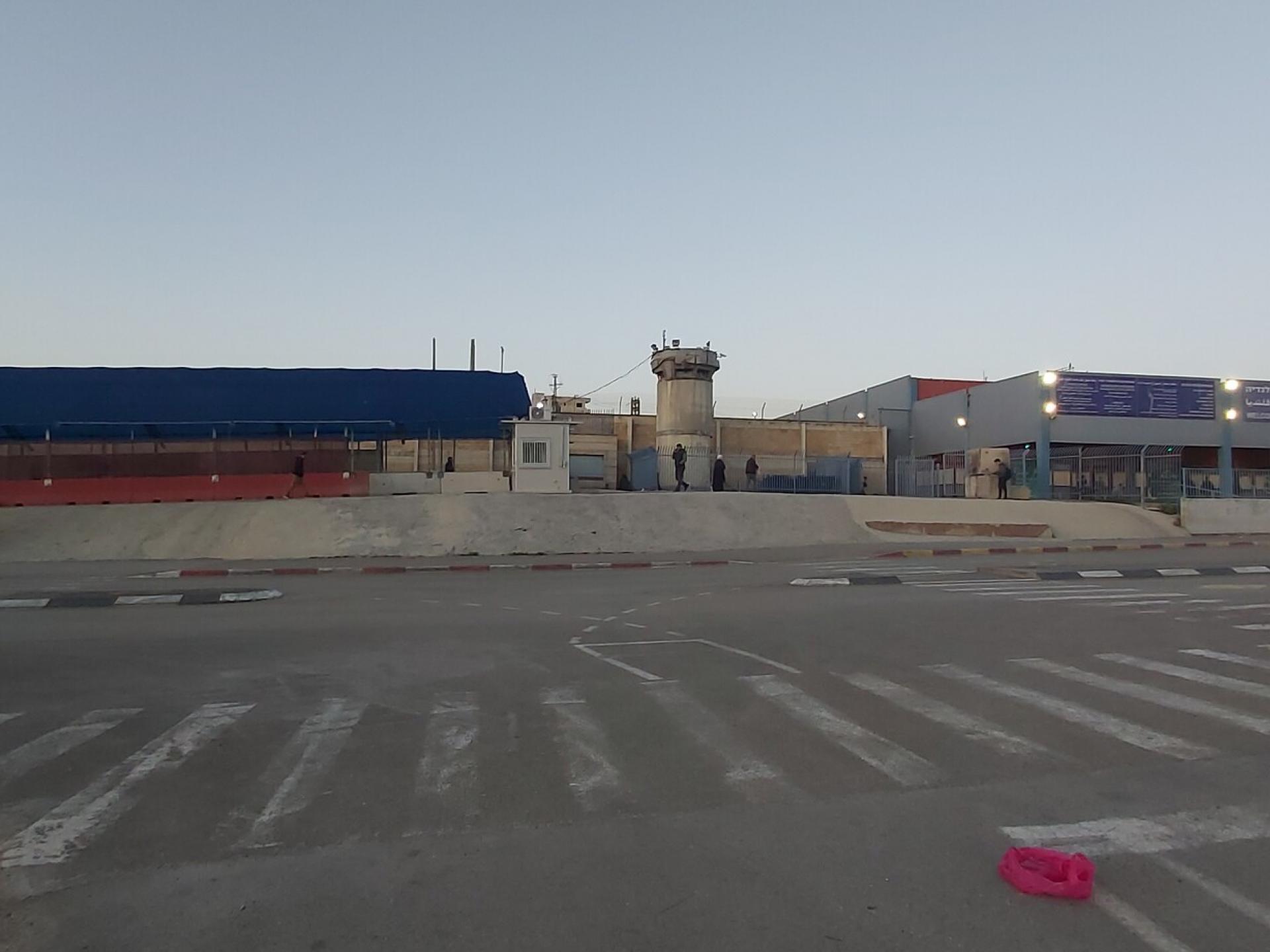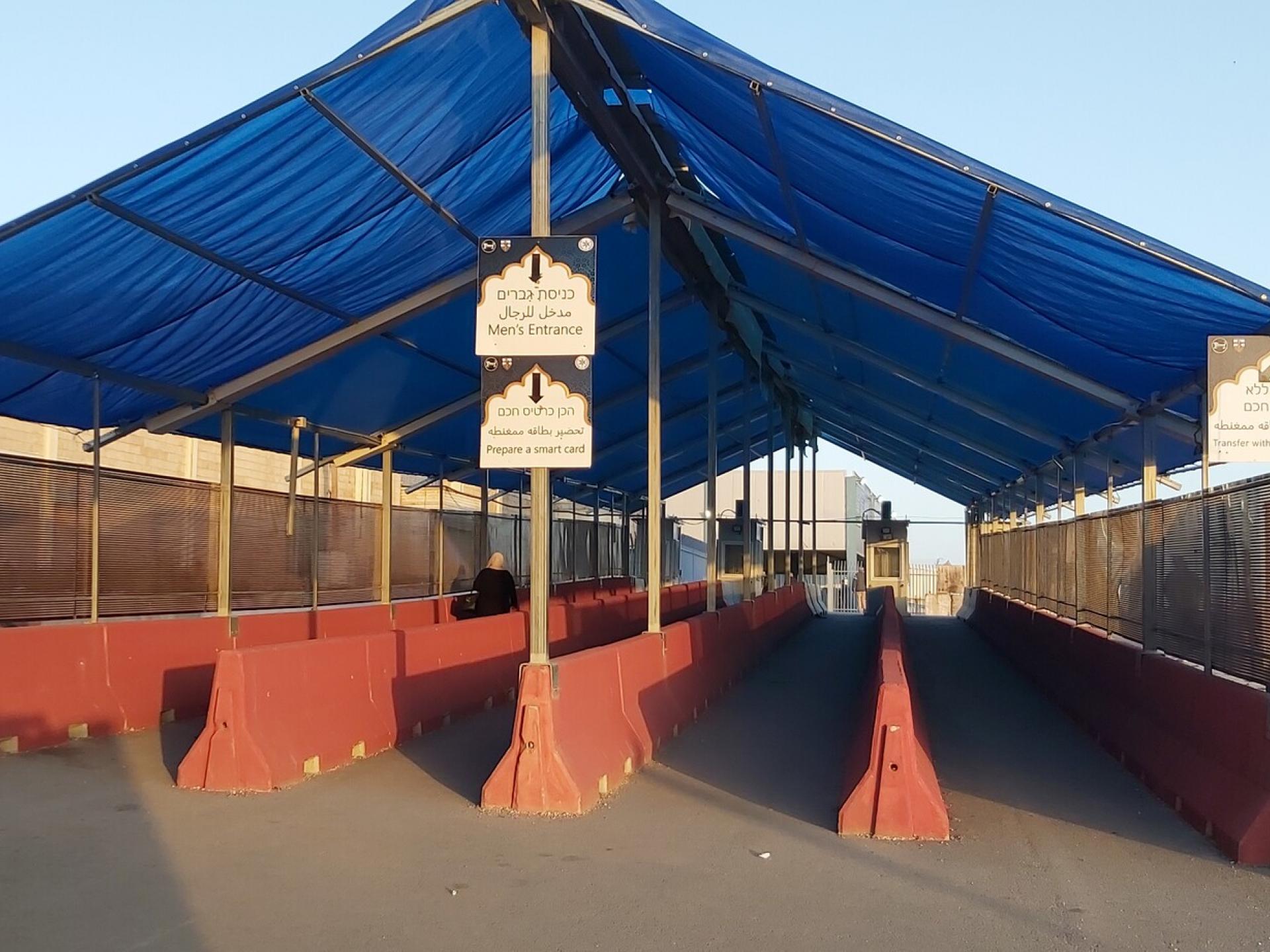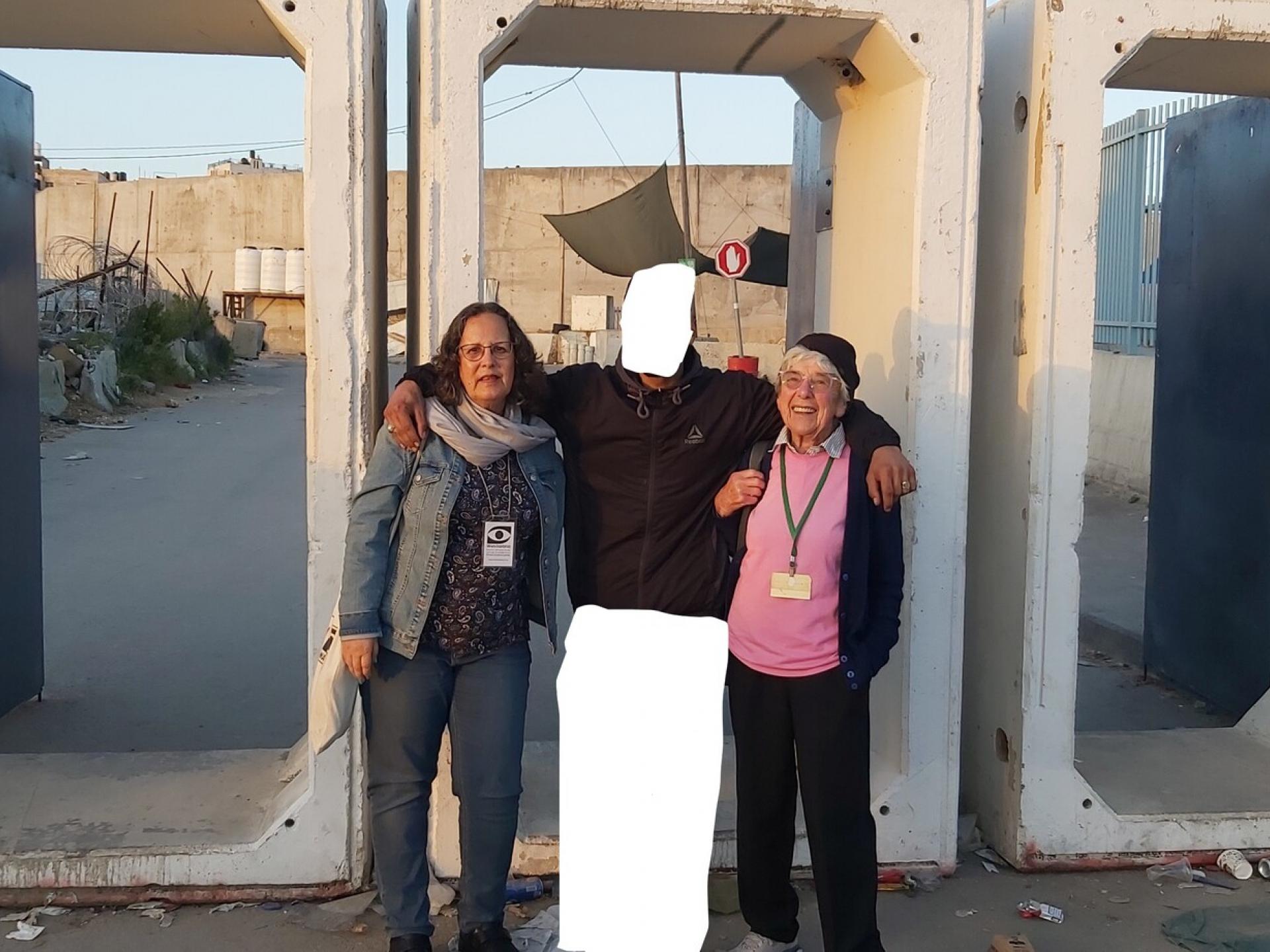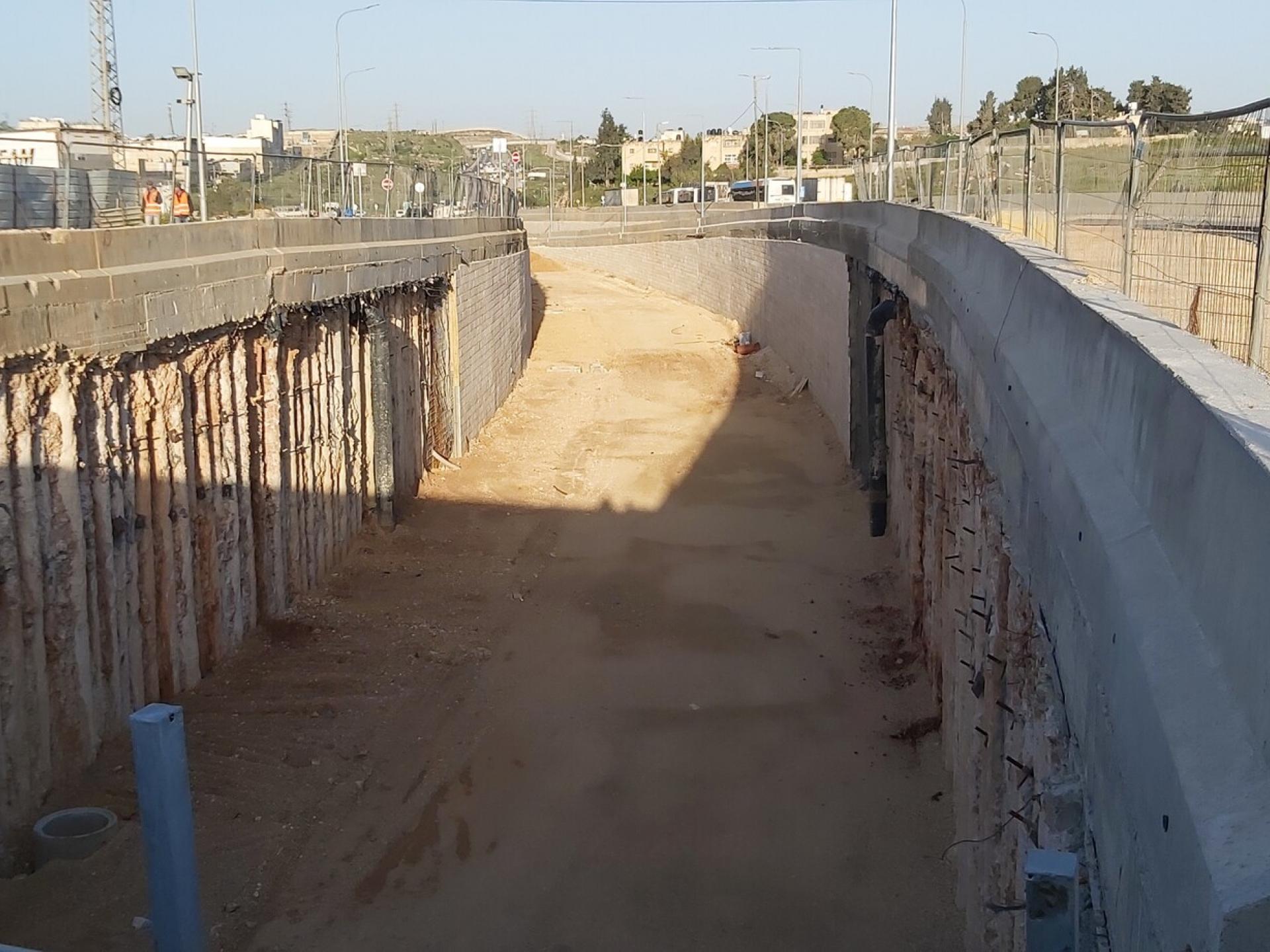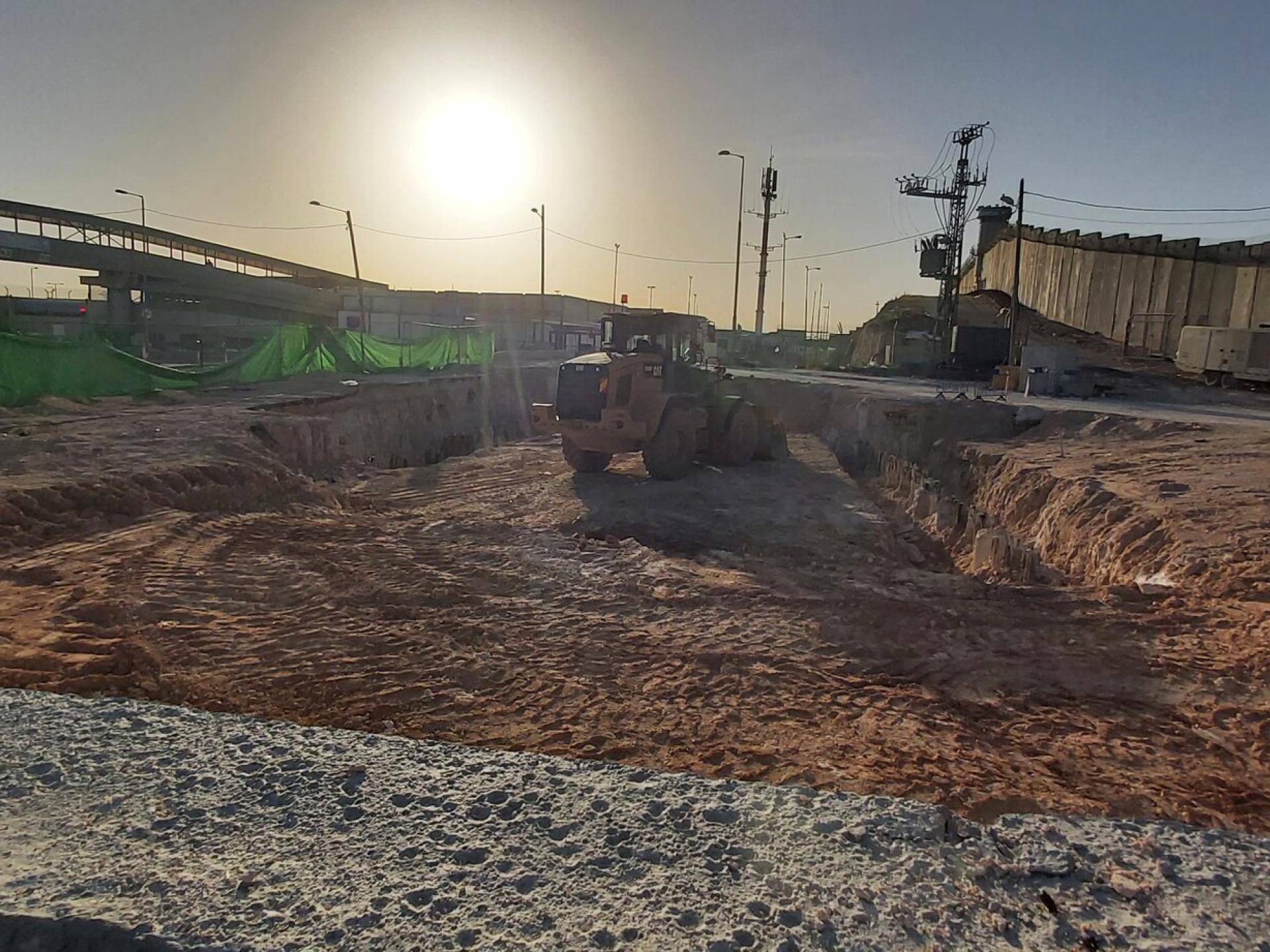Qalandiya checkpoint preparing for al-Qadr night
A calm morning at the Qalandiya checkpoint, which is being prepared for al-Qadr night. We arrived at a quarter to six and were happy to find that the section of the road on the Israeli side, which leads from the last square to the entrance square to the checkpoint, is open. For about a year, if not more, this section was closed and we had to make a detour to reach the checkpoint, drive through it and park on the Palestinian side. Now again we parked on the Israeli side in the bay along the road as before.
Immediately after we got out of the car and started walking, we happily met an old friend we hadn't seen in a long time. We meet on Monday morning. He explains that the night (between Monday and Tuesday) is the night of al-Qadr, so many people are expected to go to pray in Al-Aqsa starting at noon. Many are expected to stay there all night. According to him, Thursday will be the last day of the fast. But on Thursday, when these lines are written, I understand that it is not yet known definitively whether tomorrow will be fasting or not. I hear reports by phone in the afternoon that in Turkey they have already announced that they will not fast on Friday, but it is still not clear for us. Also, from the reports I saw on social media on Tuesday, it appears that there were about 300,000 people at al-Qadar night on the Temple Mount. The police did not interfere and everything went quietly.
We continued our way towards the checkpoint to cross on foot through the bridge to the Palestinian side. When we got closer, we saw that the vehicle barrier was completely blocked. There is no vehicle passage at the Qalandiya checkpoint today. The preparation is like that on Fridays of Ramadan.
In the past, you would cross on foot near the bus lane at the vehicle barrier, enter the bridge area and pass under the bridge's ramp, then go up to the bridge via the stairs or the ramp. Tamar Fleishman already reported in the past that they blocked this access on foot. For us, this was the first time we arrived on foot since the blockade. This means that you have to make a big detour through the road to get to the bridge, and part of the way is without pavement. The bridge is designed so that it brings the people to the bus terminal. But there are those who have to walk to the Atarot area or be met by a car that picks them up, and for them, it is really inconvenient. The younger ones jump over the concrete blocks to shorten the way. But women and adults like us do the whole round.
At the checkpoint itself, new signs were hung in honor of Ramadan (the last time we were there were still remnants of last year's signs). It seems that the pressure, as much as it was, is behind us and now everything was calm. The 3 entrances were open all the time, without queues, and everyone who came entered without delay.
Here we saw the special arrangements for Ramadan, which are activated on Fridays in the morning and today will be activated from the early afternoon. In front of the gate in the fence surrounding the checkpoint complex facing Qalandiya, the one that was closed for several years and suddenly opened again a few months ago, the entry routes for women were placed. (Last year they were near the vehicle barrier). There are 5 tracks, a fence stretched above them and 5 checking stations at the end, and even a strip of artificial grass on the side.
The routes are divided into those through which you enter with a smart card (on the left) and those through which those who do not have a smart card pass. These are the majority of women. The stations here are extremely sophisticated. There is an electricity connection, there is an air conditioner, there is a speaker, and those who pass through with a magnetic card probably also have an external camera . Here I understood what the border guards meant by "tops" when they said at the Olive checkpoint that checks were needed like in Qalandiya...
. Here I understood what the border guards meant by "tops" when they said at the Olive checkpoint that checks were needed like in Qalandiya...
To allow easy access for the women's passage, a section in the concrete wall after the large mural is open and there are large concrete blocks with "archways" through which you can pass. In addition, passages were opened between the concrete blocks that separate the road lanes, to allow easy passage of pedestrians in the absence of vehicle traffic.
There are currently no cars driving on the road, it is blocked with concrete blocks in both directions. The traffic between Qalandiya and Ramallah is passing only beyond the painted wall, after the small parking lot.
Let's just hope they don't close the gate that now leads to the women's passages again at the end of Ramadan. The further gate, towards the east, was open. It will probably be closed when the transition through the special routes begins. By the way, when I passed here one of the days of Ramadan in the late morning the gate was closed and some soldiers were guarding there with guns drawn, only the gate further on was open. It is not clear to me why this was required. Maybe they were afraid of damaging the equipment. Now anyway the gate was open without any guard and many people passed through it towards the checkpoint. At a certain point, 3 soldiers appeared just for a moment
We entered back into the checkpoint compound, which is now completely closed to vehicles. Public transportation is also not allowed, here too they blocked the crossing with cement blocks and left only a small crossing for pedestrians, a cyclist also passed through it and called the stray dogs to join him. On the ramp to the east of the checkpoint are the crossing routes for men on Fridays. They were renewed to be used on the Fridays of Ramadan. There is a new roof and a sunshade in front of the entrance. The old checking booths were replaced with modern ones, equipped with electricity, as with the women. Apparently, the old ones were moved to the Olive checkpoint... where, by the way, there is a sunshade only over the heads of the security forces and not over those standing in line like here.
The men's entrance also has 5 lanes, divided into magnetic card holders and those without a magnetic card. The entire surrounding area is hermetically sealed. The kiosk was removed and disappeared. Abu Ramzi our friend the pretzel seller, the cake seller and the falafel sellers and other kinds of food don't come in the mornings of Ramadan anyway. The private parking lot was sealed off. The upper entrance is blocked with cement blocks. The whole lot is surrounded by barbed-wired fences. Even the descent for pedestrians was blocked. The lower entrance for vehicles, which is close to the square, is blocked by a military jeep, on the right they have also placed some kind of checkpoint and outside on the left is a security guard. The pedestrian entrance to the area is also blocked by cement blocks with gates , through which pedestrians can pass.
, through which pedestrians can pass.
At the checkpoint itself, everything was calm. We went in without waiting. 4 of the six queues were active and progressing quickly. With the wait for a security guard to arrive to disconnect the magnetometer for Hana, including the initial astonishment of the female soldiers at our very presence and our request, the crossing took less than fifteen minutes and the Palestinians were not delayed while we waited for the security guard to arrive. The security guards told us that tomorrow everything is expected to return to normal.
On our way back we saw that the iron gate in the wall was opened from time to time to allow vehicle passage to the Palestinian side. We photographed the works this time also from below, from the road. Then we also noticed that on the western side of the road, it seems that the digging is complete, but on the eastern side (closer to the checkpoint area) it seems that the work is just beginning.

